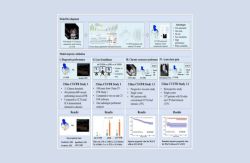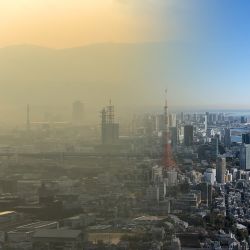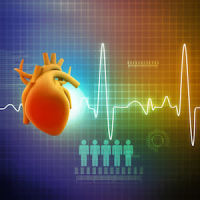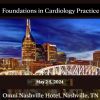A recently developed robotic tool, created by a team of experts in computer science and biokinesiology, has the potential to assist stroke survivors in more precisely monitoring their recovery progress.
Each year, over 15 million people globally suffer from a stroke, with three-quarters facing challenges like arm and hand impairment, weakness, and paralysis. Overcoming the common tendency known as “arm nonuse” or “learned nonuse” is crucial for stroke survivors to enhance strength and avoid injury. However, assessing the extent to which patients engage their weaker arm in everyday activities outside clinical settings poses a challenge.
Researchers at USC have created an innovative robotic system specifically designed to gather accurate data on the spontaneous use of arms by stroke survivors. The method utilises a robotic arm to monitor 3D spatial information. Machine learning techniques analyse the data, producing a metric for “arm nonuse,” which can assist clinicians in precisely evaluating a patient’s rehabilitation progress. Additionally, a socially assistive robot (SAR) offers instructions and encouragement throughout the process.
For this research, the team enlisted 14 participants who were initially right-hand dominant before experiencing a stroke. Participants positioned their hands on the device’s home position—a 3D-printed box with touch sensors. A socially assistive robot (SAR) explained the system’s mechanics and offered positive feedback while the robot arm moved a button to various target locations in front of the participant (100 locations in total).
In the initial phase, participants were directed to reach for the button using their naturally preferred hand, simulating everyday use. In the subsequent phase, they were instructed to use the arm affected by the stroke, mirroring actions performed in physiotherapy or other clinical settings.
Utilising machine learning, the team analysed three measurements—arm use probability, time to reach, and successful reach—to establish a metric for arm nonuse. Detecting a notable performance difference between the phases would indicate nonuse of the affected arm.
The researchers found significant variability in hand selection and reaching time within the workspace. The method showed consistency across multiple sessions, received positive user experience scores, and was perceived as safe by all participants.
Source: University of Southern California
Image Credit: iStock



























